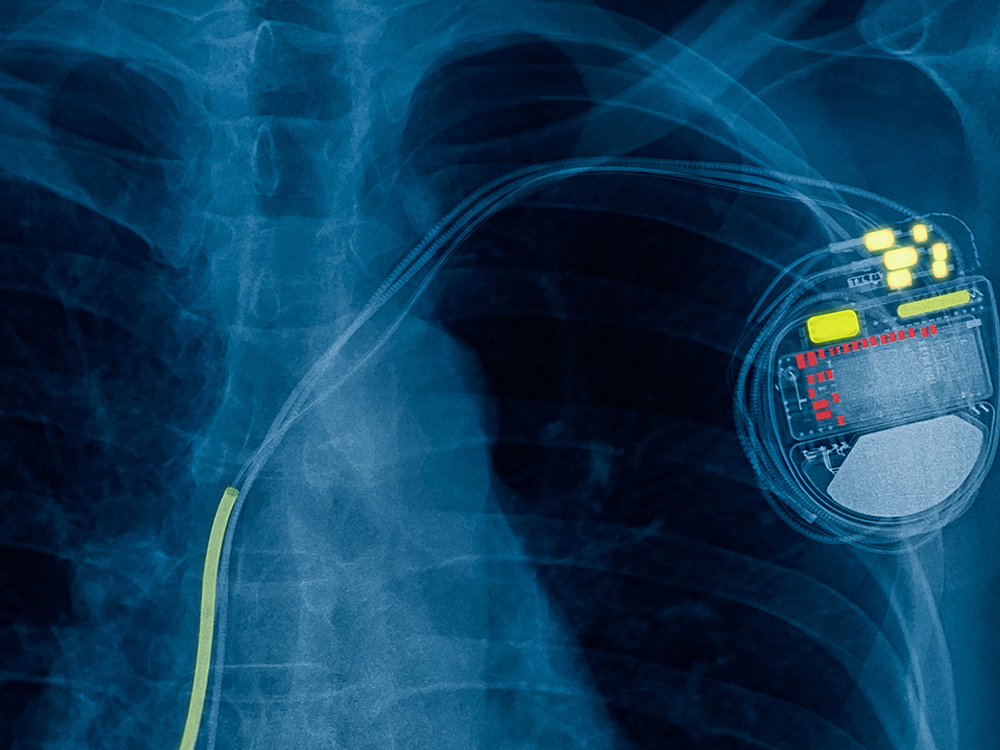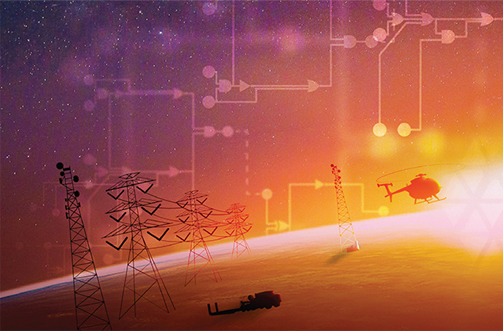About the Information Innovation Office
The Information Innovation Office (I2O) creates groundbreaking science and delivers future capabilities in the informational and computational domains to surprise adversaries and maintain enduring advantage for national security.
Thrust Areas
Transformative AI
We seek to invent trustworthy, disruptive AI technologies and methodologies relevant to national security that no one else will. We define trustworthy systems as ones that operate competently, interact appropriately with humans and behave ethically and morally.
Resilient, Adaptable, and Secure Software and Systems
We believe a world without software vulnerabilities is possible. We seek to use formal methods and third-wave AI to make it easier to understand, build, update, repair, and restore complex software and cyber-physical systems with multi-system-wide, security-relevant correctness guarantees. Techniques and tools are provided as open-source software for use by the research and software development communities, the defense industrial base, and DOD.
Offensive and Defensive Cyber
We’re leveraging advances in state-of-the-art AI and secure and resilient tools and technologies to produce trustworthy cyber capabilities that operate beyond human capacity and speed. Our efforts anticipate adversary countermeasures to create enduring capabilities.
Fighting in the Information Domain
We focus on measuring the health of and protecting and detecting attacks on the information domain, broadly construed. Our research portfolio spans many levels:
- Cognitive: Beliefs and attitudes
- Semantic: Knowledge that’s specialized to particular domains, e.g., scientific discourse, the financial system, supply chains, and other areas
- Tracking: Recording the digital artifacts of interactions with the myriad digital devices required by modern life
- Transport: Delivery of electronic messages in many forms and with various gradations of observability
Resources
Proposers Day (2024)
Leadership
I2O Technical Office leadership is responsible for guiding and overseeing the research and development activities within specific technical areas DARPA.
Opportunities
Opportunities to engage include R&D programs and efforts, challenge competitions, and technology transition efforts for the Information Innovation Office. | See all DARPA Opportunities | RSS feed for Opportunities
Use these filters to narrow your results by research topic or date. Search by keyword to find your specific I2O opportunity.
Search our Programs
Use these filters to narrow your results by research topic or status. Search by keyword to find your specific I2O program.
I2O Ideas Under Incubation
Before an idea becomes a program, it gets mulled, kicked around, and questioned. During this period of contemplation, our program managers talk – a lot – to experts, potential transition partners, and each other. But we often wonder: What information are we missing that would provide much-needed context for program development? Read through our "Ideas under Incubation" and if inspired, share your thoughts.
*See important disclaimers and notes
AI FORGE: Fostering Research and Growth in Emerging Artificial Intelligence
In partnership with the U.S. National Science Foundation, AI FORGE aims to establish an industry/university/government consortium on AI research focused on solving AI critical challenges for national security. The goal is to accelerate adoption by industry and federal agencies. | Contact Program Manager Matthew Marge
Brightest Minds in Science and Engineering
Our I2O program managers are visionary leaders whose experience spans industry, government, and academia. They conceive, plan, and oversee the high-risk R&D efforts for which we are best known. | See all DARPA program managers
Search our Program Managers
Use these filters to narrow your results by research topic or date. Search by keyword to find a specific I2O program manager or their research interests.
Highlights

Energy-aware machine learning
The Mapping Machine Learning to Physics program aims to strike the balance between energy usage and performance.

AI Cyber Challenge marks pivotal inflection point for cyber defense
Teams’ AI-driven systems find, patch real-world cyber vulnerabilities; available open source for broad adoption

Cyber First Aid
Imagine a future where your most critical systems – from life-saving medical devices to autonomous defense platforms – can instantly heal themselves from cyberattacks



